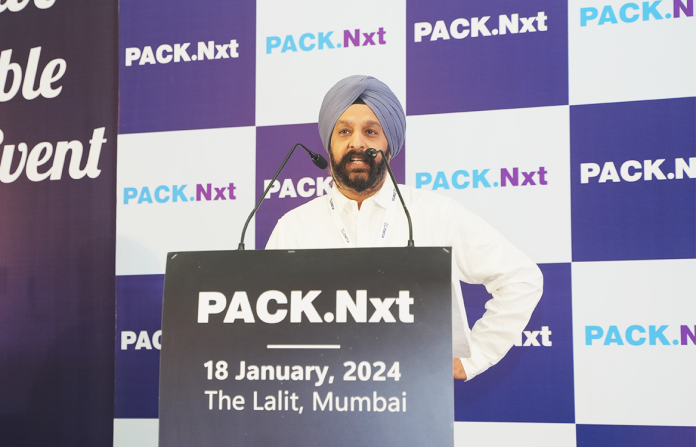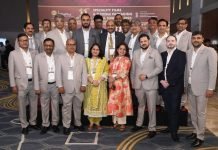Swarn Singh Grover, director of research and development at Kellogg’s India, delivered the keynote presentation at the Pack.Nxt conference in Mumbai on the evolving interest of both brand owners and consumers in sustainable food packaging. In his keynote, he discussed recent research on consumers’ attitudes and preferences and said that while interest in sustainability is increasing, there are still several challenges in delivering sustainable packaging.
Grover introduced Kellanova-South Asia, a spin-off effected last year with its ‘Better Day Promise’ of reaching substantial numbers of the world’s population to address greater access to nutrition and sustainability by 2030. Kellanova’s initiatives in reducing and reusing materials in its packaging are part of a larger mission of inclusive management by 2025 that applies to India as well.
Consumer interest in sustainable packaging
Grover acknowledged that despite greater interest in sustainability, it still ranks lower among consumer preferences for packaging. “When it comes to packaging, consumers want more features, better protection, smaller packs for freshness, and information. Sustainability is something that is lower down the hierarchy. Although consumers do not want to pay more for sustainable packing, we have seen that consumer interest in sustainable packaging is definitely increasing,” Grover said.
“Nevertheless, consumers are forcing us brand owners to make changes. Although there is a 60% increase in consumer awareness about sustainability in packaging, when we ask them what they mean in this respect we have found one-third of them are confused about what sustainability in packaging means precisely. The challenge lies in educating consumers about the various aspects of sustainability and its impact on packaging choices. As we drive forward on sustainability we should also work on what consumers should expect.”
He added that the big message is that consumer goods and packaging are both evolving together with economic growth, which has seen packaging grow by two times in the last ten to twenty years.
All the actors can contribute to the change, he suggested. Acknowledging that cost remains a major hurdle in the widespread adoption of sustainable packaging, Singh suggested that suppliers can try and hold down costs and make sustainability improvements at minimal increases in cost. At the same time, the brand owners need to optimize their packaging. Apart from consumer, education government action and incentivization for sustainability is desirable.
“Since 70% of flexible packaging goes to the food industry it needs to focus on sustainability. Expressing great hope in the industry’s collaborative working and the power of the collective, he spoke of the challenges in terms of strength, quality and food safety.” He went on to speak about some of his company’s efforts to optimize its packaging including the conversion of its traditional bag-in-box to the doypack format and other innovations using monopolymers.
“There is increased use of paperboard solutions where the value of the product makes these viable. Overall there’s a substantial saving of 25% in packaging materials, demonstrating the company’s commitment to creating value while reducing its environmental footprint. Some of the changes have not only saved costs but also increased operationality and we are encouraging reuse options.”
Grover concluded, “There are challenges [to achieving packaging sustainability], but with collaborative efforts, solutions can be found to address these challenges. Kellanova’s initiatives exemplify our commitment to sustainability, and we remain dedicated to making a positive impact on the packaging landscape.”











